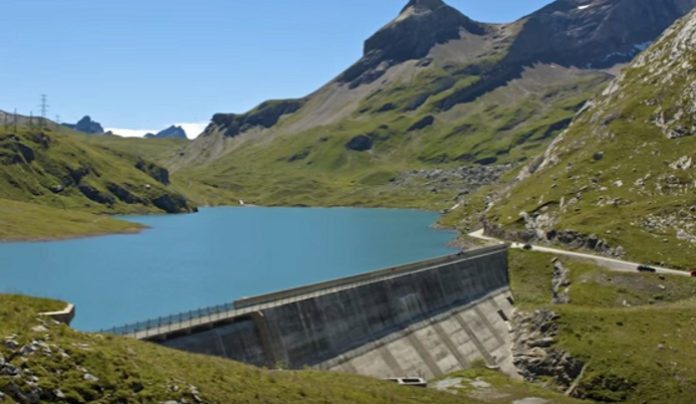Dams can be used to create reservoirs, become a source of hydroelectricity, and provide numerous recreational benefits. All of the benefits, however, come at a cost that can sometimes be too great. Here are the environmental impacts of dams that must be considered.
1. It changes the natural local habitat.
Instead of having a free-flowing river, a dam creates an upstream change to the natural habitat. This change can create temperature alterations, alter the chemical composition of the surrounding land areas, and even cause oxygen level changes. This all works to prevent many natural forms of life from surviving in a reservoir when they would normally survive in the original river environment.
2. It alters how marine life functions.
A dam naturally blocks fish migration patterns. It will also trap sediments that help to maintain the physical processes which support downstream marine life. Installing fish ladders and other bypasses can reduce this environmental impact in some ways, but it will not completely eliminate them.
3. It creates changes to the local flood plain.
Rivers will provide lands with the nutrients that are needed for an entire season of growth during the flood season. By installing a dam, the annual floods can be controlled with regularity, but this also changes how nutrients are distributed to local areas. Artificial fertilizers are often required, which can affect the downstream health of the river as well.
4. It can lower the groundwater table.
With a lower groundwater table, plants have less access to the moisture they need. If the roots of the plant cannot reach the new table, then it will die. This lowering of the table can also affect local wells and other water-reliant resources that are in the area.
5. It can encourage delta erosion.
When coastal deltas are unable to receive the sediments they need to replenish themselves, they will slowly erode away. Any coastal area that is reliant on a river transporting sediment will see higher levels of erosion along river banks, at the mouth of the river, and sometimes even with the newly created reservoir. This erosion lessens aviary life in the region, can create woodlands losses, and may have other impacts that we have not yet discovered.
There are many benefits that may come with a dam, but there are many environmental impacts that must be considered as well. For this reason, many dams are being given a second look to see if they really are beneficial to have.
Crystal Lombardo is a contributing editor for Vision Launch. Crystal is a seasoned writer and researcher with over 10 years of experience. She has been an editor of three popular blogs that each have had over 500,000 monthly readers.


















